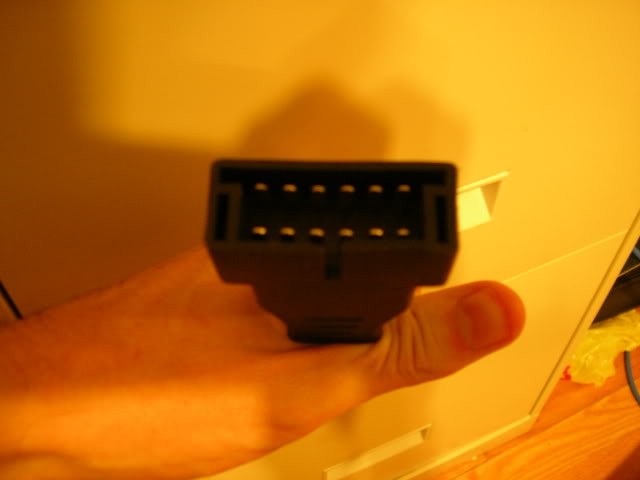Navigating the world of automotive diagnostics can be confusing, especially when it comes to older vehicles. If you own a 1995 Buick and are trying to figure out what kind of diagnostic system it uses, you’re not alone. A common question among Buick owners is: does a 95 Buick take OBD1 or OBD2? The answer, while not entirely straightforward, is crucial for choosing the right scan tool and understanding your car’s computer system.
To put it simply, the 1995 Buick, particularly models like the Riviera, often falls into a category known as OBD “1.5”. This term refers to a transitional phase in automotive technology as manufacturers shifted from the older On-Board Diagnostics I (OBD1) to the more advanced On-Board Diagnostics II (OBD2).
To understand why a 1995 Buick might be considered OBD “1.5”, let’s break down the differences between OBD1 and OBD2:
-
OBD1: This older system, prevalent in vehicles before the mid-1990s, typically uses a square-shaped connector often located under the dashboard. OBD1 systems are less standardized, with each manufacturer sometimes having their own diagnostic codes and communication protocols.
-
OBD2: OBD2 is the standardized system that became mandatory in the United States for all cars manufactured in 1996 and later. OBD2 features a trapezoidal, 16-pin connector and standardized diagnostic trouble codes (DTCs) and communication protocols across all manufacturers. This standardization makes diagnosing and repairing vehicles much easier.
The “1.5” designation for a 1995 Buick arises because these models often incorporated the OBD2 connector (the trapezoidal, 16-pin type) but retained the OBD1 computer and communication protocols internally. Essentially, you have the physical connector of OBD2 but the diagnostic system of OBD1.
To visually identify an OBD1 connector, it generally looks like this:
 OBD1 Connector Example
OBD1 Connector Example
An example of a typical OBD1 connector, often found in older vehicles. Note its square shape and different pin configuration compared to OBD2.
This hybrid system means that a standard OBD2 scanner might not fully communicate with your 1995 Buick’s computer. While it might physically connect, it may not be able to retrieve all the diagnostic information or function correctly.
So, what kind of scan tool do you need for a 1995 Buick? The best approach is to use a scan tool that is capable of reading both OBD1 and OBD2 systems. Many scanners on the market today offer this dual compatibility. One example mentioned in the original discussion is the Actron CP9145. These types of scanners are designed to bridge the gap and communicate with both older and newer vehicle diagnostic systems.
When using a dual-compatible scanner on a 1995 Buick, you’ll likely find that it can read essential engine data, such as:
- Engine codes (Diagnostic Trouble Codes or DTCs)
- Knock Retard (KR)
- Mass Air Flow (MAF) readings
- Injector pulse width
- And other critical engine parameters
However, it’s important to note that the functionality with OBD1 or “1.5” systems might be somewhat limited compared to full OBD2. You might not have the ability to perform advanced functions like data logging, live graphing, or reprogramming the ECU (Engine Control Unit) directly through the scan tool in the same way you could with a fully OBD2 compliant vehicle.
For those interested in tuning a 1995 Buick, especially models with the “1.5” system, it’s generally more complex than tuning a fully OBD2 vehicle. It often requires specialized knowledge and potentially custom chips or tuning solutions. Consulting with a professional tuner experienced in OBD1 and “1.5” systems is highly recommended for any tuning endeavors.
In conclusion, a 1995 Buick technically uses an OBD “1.5” system, characterized by an OBD2 connector but OBD1-based communication. To effectively diagnose issues, you’ll need a scan tool that is compatible with both OBD1 and OBD2 protocols. This will ensure you can access the diagnostic information necessary to keep your classic Buick running smoothly.

